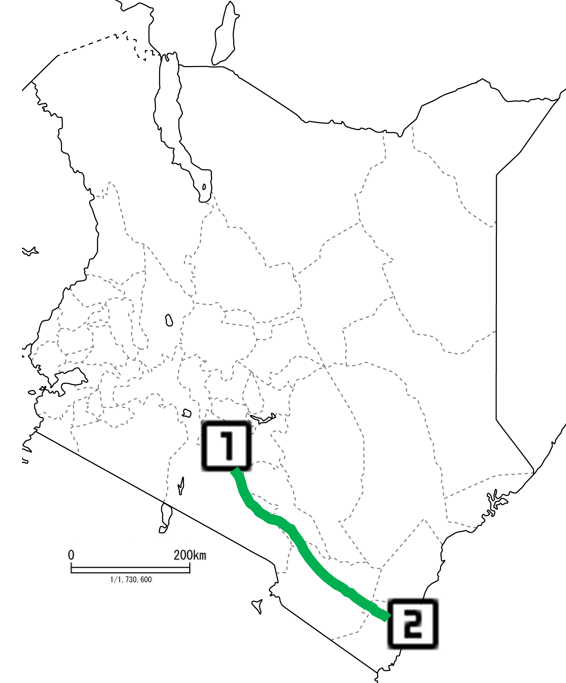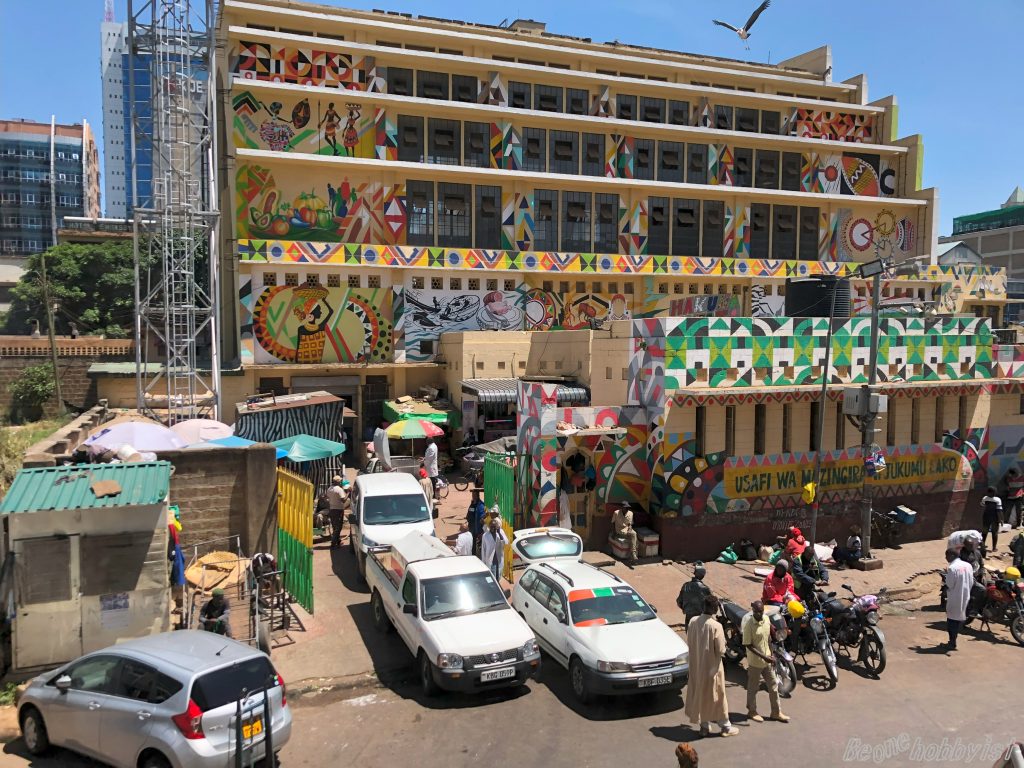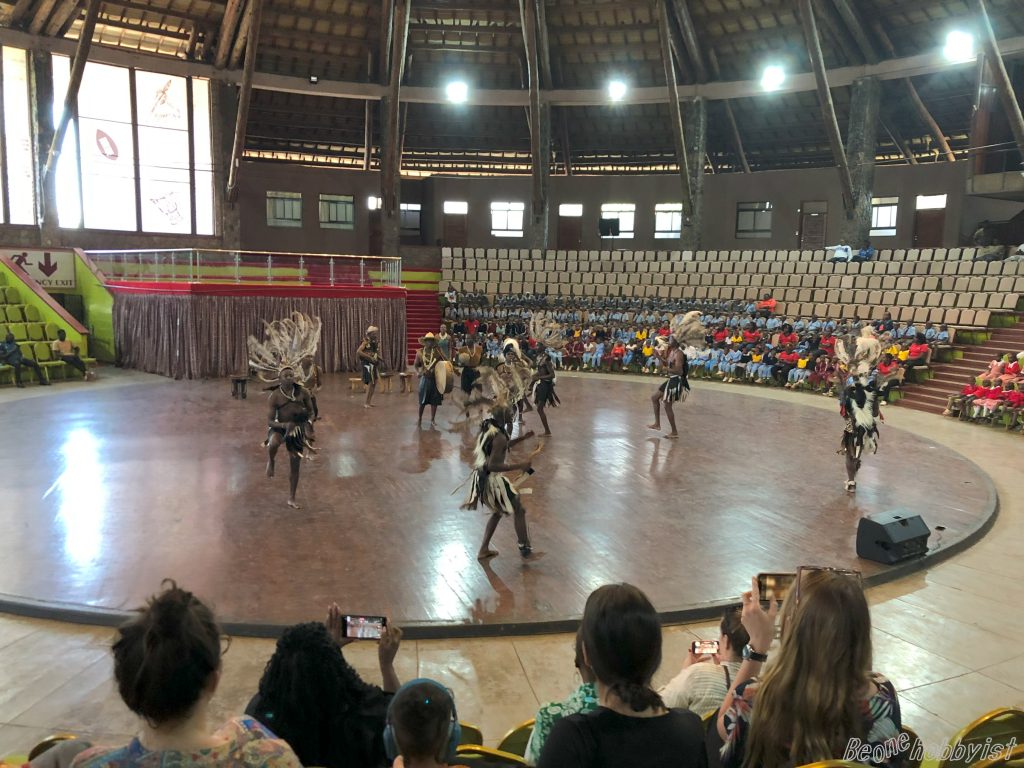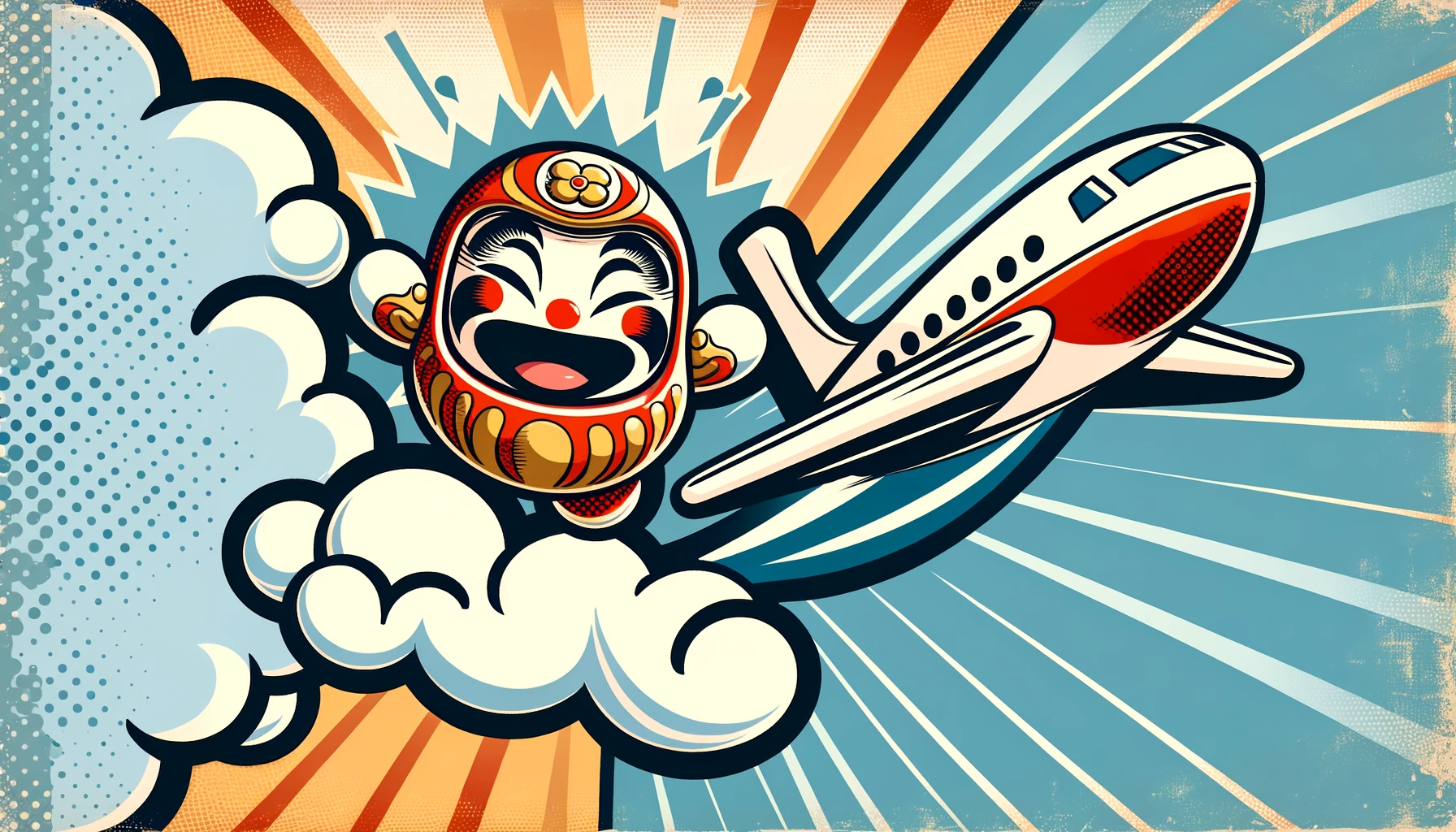I had the impression that Nairobi was one of the more dangerous cities in Africa. Thus, upon arriving at Jomo Kenyatta International Airport, which is located in Nairobi, I initially considered avoiding the city for tourism and instead exploring other cities. However, realizing that Nairobi is a hub for many people and a concentration of tourist attractions in Kenya, I concluded that understanding Kenya without experiencing Nairobi would be incomplete. Consequently, I decided to focus my tourism efforts in Nairobi.
Nairobi boasts a wealth of tourist attractions, including numerous national parks, Maasai villages, and plenty of places dealing with handicrafts.
Moreover, while Nairobi often conjures images of danger, this perception might be outdated. Currently, it ranks 71st in terms of danger, with Kuala Lumpur (Malaysia) ranking at 58th, suggesting significant global changes.
Reference site: [https://www.numbeo.com/crime/rankings.jsp]
Indeed, this decision proved to be right. Nairobi is a fantastic city with a unique African vibrancy and markets that are integrated into everyday life.
However, walking around the local area or attempting to leave the hotel after dark often results in warnings. You are frequently advised to be very careful.

Experiencing Everyday Life – City Market, Maasai Market

Kenya is bustling with markets. They are held in various places, each with its unique offerings, and are always crowded with people. It’s evident that locals frequently utilize these markets in their daily lives.
I visited two major markets in the vicinity of Nairobi.
The City Market catches your eye with its vibrantly colored buildings. Inside, the market starts with wholesale and butchering of fish and animal meat, followed by flower shops, restaurants, and souvenir stores.
The Maasai Market, resembling a flea market in appearance, is the largest near the Kenyatta International Convention Centre, packed with shops to the extent that walking space is limited. It primarily sells souvenirs, including handicrafts.
Discovering Craftsmanship – Utamaduni Craft Centre

Kenya boasts a diverse range of crafts. However, given the vast expanse of the country and the dispersion of these crafts, exploring the variety can be both time-consuming and expensive.
The Utamaduni Craft Centre, a two-story building dedicated entirely to the exhibition and sale of crafts, seems to gather almost everything non-food related under one roof. While some may consider the prices high, the advantage of being able to see almost all types of crafts in one place, along with all items being clearly priced, eliminates the need for haggling or price verification. Furthermore, the absence of pushy sales staff allows for a quiet, serious appreciation of the crafts at your own pace.
Observing Traditional Dwellings and Dances – Bomas of Kenya

Kenya, with its vast land, has a rich history and culture unique to each of its regions.
At Bomas of Kenya, you can witness traditional dances passed down through generations from various regions as actual performances. Watching dances from 7 different states allows you to appreciate the differences in costumes, music, and the dances themselves.
Supporting Japanese Efforts Locally – Saidia Furaha Organization, CHEKAFE – Japanese Restaurant

I made it a point to visit as many places as I could where Japanese individuals are making significant efforts in Kenya.
The Saidia Furaha Organization is a Japanese NGO that offers support to women and children in Kenya. The name “Saidia Furaha” translates to “Help of Happiness” in English. Since 1994, they have collaborated with the Kenyan government to provide educational and sewing opportunities.
CHEKAFE – Japanese Restaurant is located a bit far from the city center, but it offers a taste of Japanese cuisine in the distant land of Kenya. The menu primarily features localized versions of Japanese dishes. The restaurant is owned by a Japanese individual who also operates the YouTube channel “@ChekaTVafrica [Cheka TV 【チェカTV】]“.
 Be One hobbyist
Be One hobbyist 